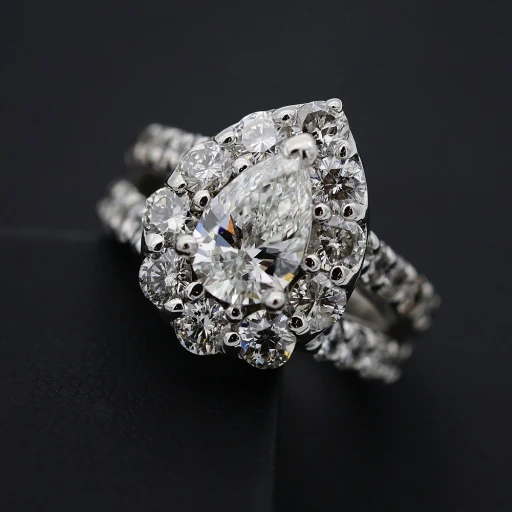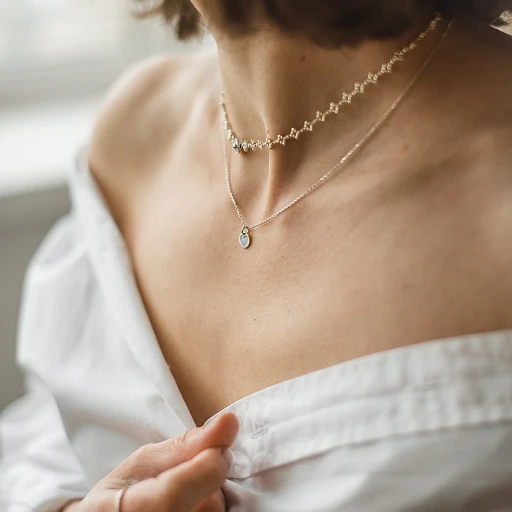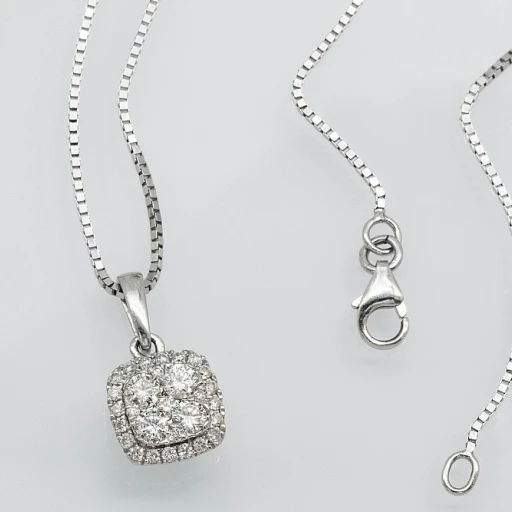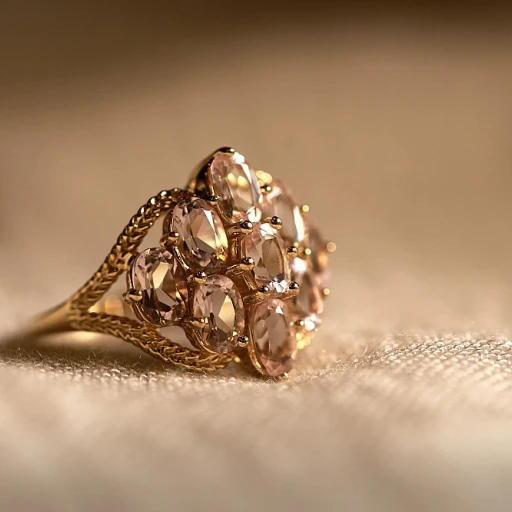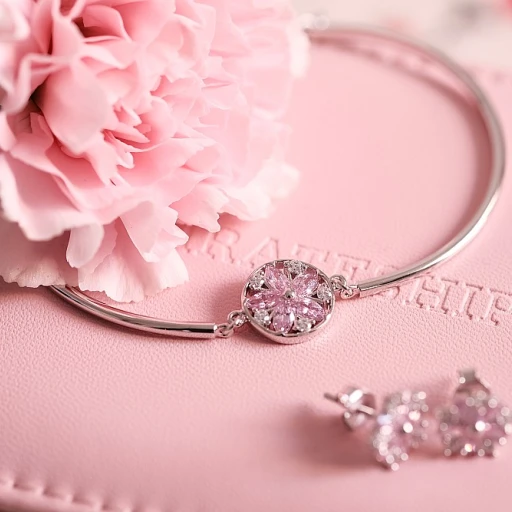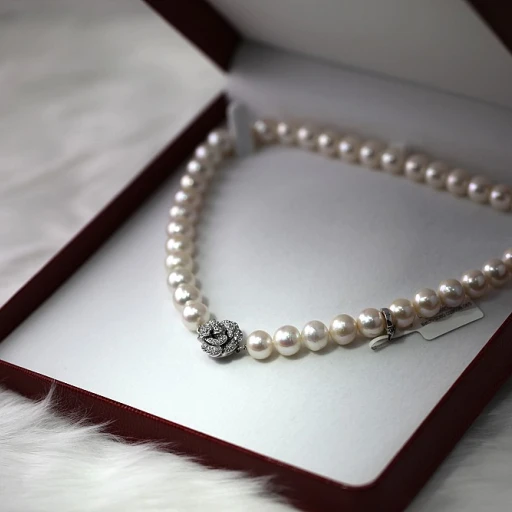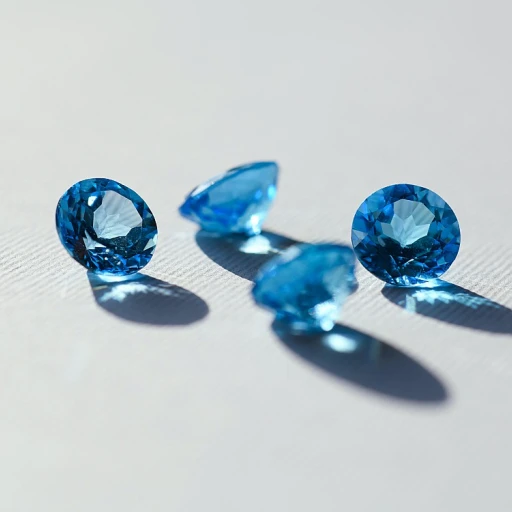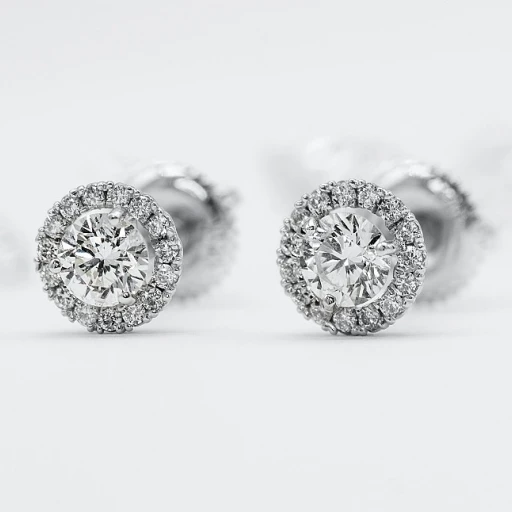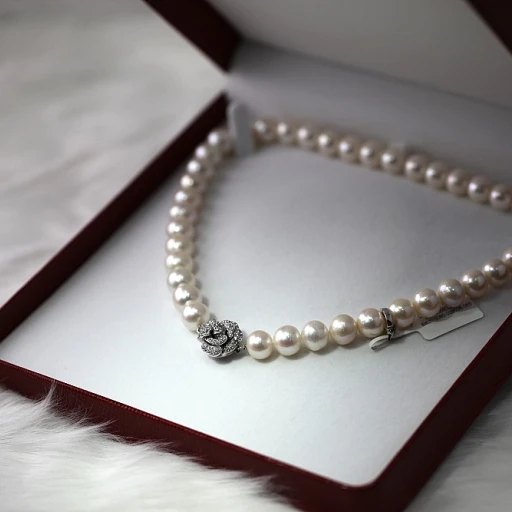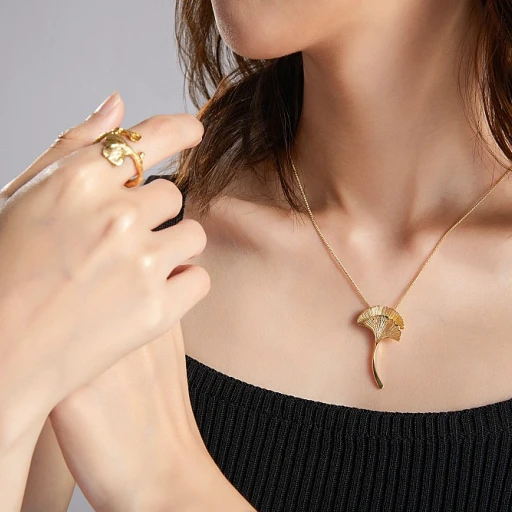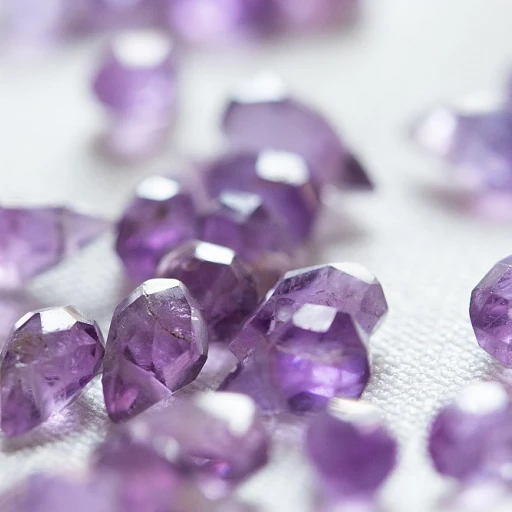
Factors Influencing the Price of a 5-Carat Diamond Ring
Key Elements Influencing Diamond Costs
Understanding the cost intricacies of a 5-carat diamond ring requires a thorough exploration of several elements that contribute significantly to its final price.- Diamond Carat: The size of the diamond, measured in carats, plays a pivotal role. A higher carat typically means a heavier diamond, which naturally escalates the price.
- Cut of the Diamond: A well-cut diamond maximizes the brilliance of the gem. The round cut is often most sought after for its ability to reflect light efficiently, but cuts such as emerald and oval have their unique appeal, influencing the price.
- Natural vs. Lab-Grown Diamonds: While natural diamonds have been the traditional go-to, lab-grown diamonds offer a cost-effective alternative. Although both have similar aesthetic properties, the origin can impact the price.
- The Quality of the Setting: The setting influences both the aesthetic and the value of the ring. From white gold to yellow gold, the choice of metal can significantly affect the total ring price.
- The Additional Embellishments: Rings with a halo or other settings that include smaller diamonds raise the overall visual appeal and, consequently, the price.
- Bridal Set Inclusivity: Some might prefer a complete bridal set, which naturally increases the price compared to purchasing a single engagement ring.
The Role of Certification in Diamond Pricing
The Importance of Diamond Certification
When it comes to understanding the price of a 5-carat diamond ring, certification plays a crucial role. A certified diamond provides assurance of its quality and authenticity, establishing a clear framework to evaluate its value. These certifications are issued by recognized gemological laboratories, ensuring that the carat, cut, color, and clarity of the diamond are accurately assessed and documented.
Among the reputable gemological labs, the Gemological Institute of America (GIA) and the American Gem Society (AGS) are highly esteemed. Their certifications not only guarantee the natural origin of diamonds but also lend credibility and trust to lab grown diamonds. This is vital as both natural and lab diamonds are prevalent in today’s jewelry markets.
The level of detail in these reports can significantly affect the jewelry's sale price. For instance, a diamond ring with a GIA certification often demands a higher price compared to one without. This is because buyers have assurance of the diamond's features, such as the emerald or oval cut, or the quality of carat diamonds used in engagement rings. Additionally, certification can influence market trends through consistent and trustworthy evaluation.
Besides ensuring authenticity, certification provides vital data for resale and insurance purposes. It helps establish an equitable price for diamonds, whether they are mounted on a ring total in yellow gold, white gold, or intricately designed as part of a bridal set.
To explore more about how gemstone certifications impact their pricing, you may want to read about the allure of citrine and diamond rings, where the significance of proper evaluation is further emphasized.
Market Trends Affecting Diamond Prices
Current Market Dynamics
The diamond market is a complex ecosystem influenced by various factors, including global economic conditions, consumer preferences, and technological advancements. Understanding these dynamics is crucial when considering the price of a 5-carat diamond ring.
Economic Influences
Global economic health plays a significant role in diamond prices. During economic downturns, luxury goods, including diamond rings, often see a decrease in demand, which can lead to lower prices. Conversely, in times of economic prosperity, the demand for luxury items like diamond engagement rings tends to increase, driving prices up.
Consumer Preferences
Trends in consumer preferences also impact diamond prices. For instance, there has been a growing interest in lab-grown diamonds due to their ethical and environmental benefits. This shift has influenced the market, as lab-grown diamonds typically offer a more affordable alternative to natural diamonds. The preference for specific cuts, such as the popular round or oval, can also affect pricing.
Technological Advancements
Advancements in technology have made it easier to produce high-quality lab-grown diamonds, which has increased their availability and popularity. This technological shift has introduced more options for consumers, impacting the overall market dynamics and potentially affecting the sale price of natural diamonds.
Jewelry Design Trends
The design of the ring itself, including the choice of metal such as white gold or yellow gold, and the inclusion of features like a halo setting, can influence the price. As design trends evolve, so do the preferences for certain styles, which can affect the demand and pricing of specific diamond rings.
In summary, staying informed about these market trends is essential for anyone considering the purchase of a 5-carat diamond ring. By understanding the broader market context, buyers can make more informed decisions and potentially find better value in their investment.
Investment Potential of a 5-Carat Diamond Ring
Evaluating the Investment Value of a 5-Carat Diamond Ring
When considering the purchase of a 5-carat diamond ring, it's essential to view it not just as a piece of jewelry but also as a potential investment. The investment potential of such a significant diamond is influenced by several factors, including the diamond's carat, cut, and whether it is natural or lab-grown.
Diamonds, particularly those of substantial size like a 5-carat diamond, have historically been seen as a store of value. However, the investment potential can vary based on market trends and the specific characteristics of the diamond. For instance, a natural diamond with an exceptional cut and clarity may appreciate differently compared to a lab-grown diamond.
Moreover, the type of metal used in the ring setting, such as white gold or yellow gold, can also impact the overall value. A well-crafted setting, whether it's a classic round engagement ring or an elegant emerald cut, can enhance the ring's appeal and potentially its resale value.
It's also worth noting that the market for diamonds can be influenced by broader economic conditions. While some investors view diamonds as a hedge against inflation, others may see them as a luxury item with fluctuating demand. Understanding these dynamics is crucial for anyone considering a 5-carat diamond ring as an investment.
Ultimately, while a 5-carat diamond ring can be a beautiful addition to any jewelry collection, its investment potential should be carefully evaluated. Consulting with a jewelry expert or financial advisor can provide valuable insights into the long-term value of such an investment.
Customization and Its Impact on Price
Personal Touch: The Cost and Value of Customization
Opting for customization in a 5-carat diamond engagement ring can significantly impact both its sale price and sentimental value. Customization involves selecting details such as the diamond's cut, the type of metal for the band, and whether to incorporate additional design elements.- Diamond Choices: Personalized options might include a traditional round or oval diamond, or more unique shapes like the emerald cut. Each choice affects the ring's price by altering the amount of raw diamond material and the labor required.
- Metal Options: The choice between white gold, yellow gold, or other materials can add a distinct aesthetic while affecting costs. White gold is often favored for a modern look, but the metal type should match the wearer's style and skin tone.
- Design and Settings: Whether selecting a classic solitaire style, a detailed halo setting, or a bridal set, each decision adds to the ring total. The complexity and labor involved in creating the ring will further influence the overall price.
Tips for Purchasing a 5-Carat Diamond Ring
Making an Informed Decision When Buying a 5-Carat Diamond Ring
Purchasing a 5-carat diamond ring is a significant decision, both financially and personally. Here's how you can ensure you're making a wise investment:- Understand Diamond Characteristics: Familiarize yourself with the 4Cs – carat, cut, color, and clarity. These factors directly influence the perceived quality and price of the diamond. A well-cut diamond, whether round, oval, or emerald, will maximize brilliance and enhance its visual appeal.
- Consider Certification: While it's mentioned earlier that certifications play a crucial role in the pricing, they also assure you about the authenticity of what you're buying, whether it's a natural or lab-grown diamond.
- Evaluate Market Trends: Keep an eye on current market demands and trends, which can affect prices. Knowing if white gold or yellow gold settings are more prevalent can guide you in choosing the engagement ring setting.
- Explore Customization Options: Customizing your diamond engagement ring can influence its final sale price. Deciding between a sleek solitaire or an intricate halo design can affect the overall look and price.
- Budget for a Bridal Set: If you're planning for an engagement ring as part of a bridal set, remember this could bring additional elements into the cost structure. Consider both the immediate beauty and the long-term satisfaction.
- Consult a Specialist: Engage with knowledgeable jewelers who can provide insights specific to the type of diamond you're interested in, discussing options like lab diamonds versus natural diamonds carat.
- Factor in Investment Potential: Think about the long-term value of your purchase. While traditional diamonds hold historical significance, lab-grown diamonds can be a more sustainable and modern choice.

